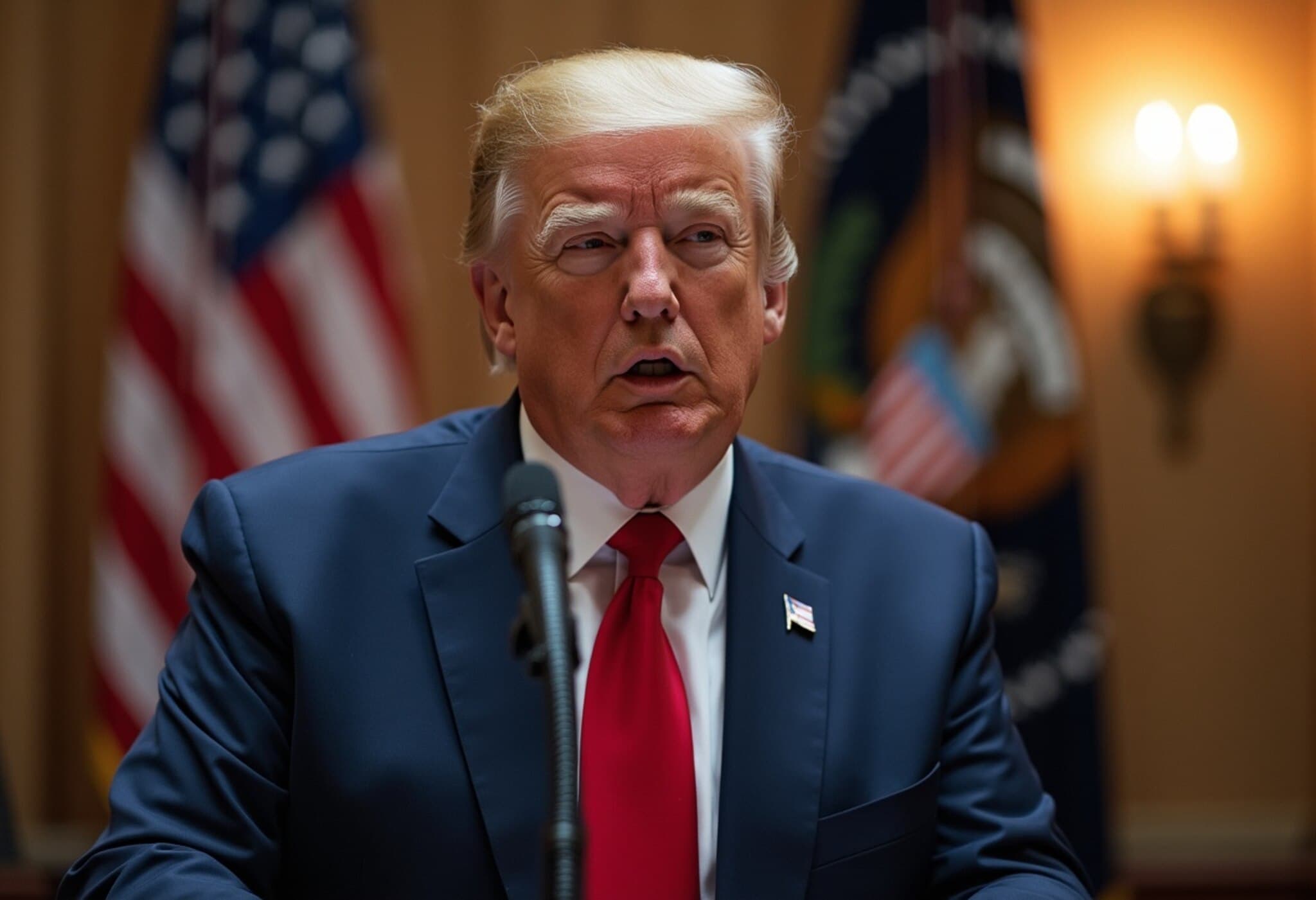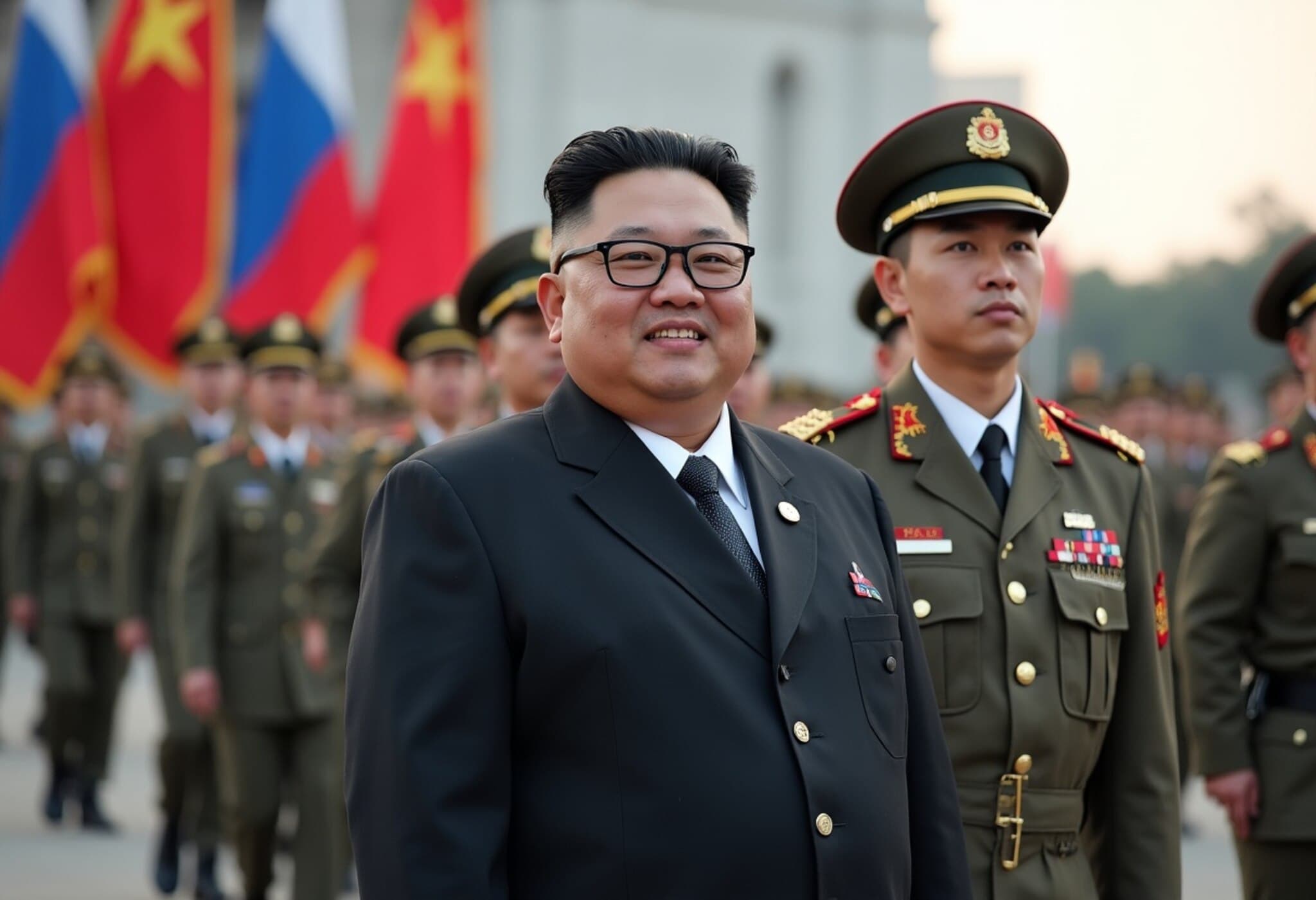Understanding the President’s Rapid and Impassioned Declarations
On June 24, amid escalating tensions between Israel and Iran, the President delivered a strikingly blunt statement expressing frustration over the ongoing conflict. "I'm not happy with Israel," he remarked sharply. "We basically have two countries that have been fighting so long and so hard that they don't know what the fuck they're doing." This candid outburst came just a day after he announced a ceasefire between the two nations—a ceasefire that was quickly undermined by renewed hostilities.
What stands out is not just the explicit language, but the manner in which it was delivered: no correction, no apology, and no visible sign of embarrassment. Instead, the President walked away, visibly angry. Such openness and raw emotion from a world leader are uncommon, breaking the usual expectation of measured diplomatic speech.
Frustration and Aggression: A Psychological Lens
The President's fierce reaction strongly echoes classical psychological theories about the link between frustration and aggression. Originating in the 1930s, the frustration-aggression hypothesis suggested that blocked goals naturally breed aggression as an outlet for the resulting tension. Though later psychologists recognized this explanation as overly simplistic—acknowledging the sophisticated ways humans regulate frustration—it offers a useful backdrop for interpreting the President's emotional response.
This unfiltered expression of anger can seem strikingly basic or unsophisticated compared to usual political discourse, yet it reflects an instinctual, almost primal response that many find jarring in a modern leader.
Fast Thinking vs. Slow Thinking: The Decision-Making Divide
Nobel laureate psychologist Daniel Kahneman provides insight into these types of impulsive reactions through his concept of two decision-making systems: System 1, which is fast, automatic, and emotional; and System 2, which is slow, deliberate, and logical.
System 1 works behind the scenes, quickly generating intuitive responses based on immediate emotions and past experience. System 2, on the other hand, checks and evaluates these impulses to arrive at more reasoned conclusions. However, System 2 is often bypassed or under-engaged, leading to hasty decisions driven by gut feelings rather than careful reflection.
For instance, many default to a quick but incorrect answer on simple logic puzzles without giving themselves time to analyze properly. Similarly, the President’s rapid-fire reactions often appear to stem from reliance on this instinctive System 1.
Emotional Decision-Making in High-Stakes Situations
The President's decision-making style prioritizes speed and emotional conviction. Whether in business or politics, this approach can energize supporters and project decisiveness. Yet it also introduces unpredictability, with impulsive choices that sometimes clash with the complexities of global diplomacy.
His approach highlights a tension: while quick judgments may serve well in the fast-paced world of business, they hold higher risks when applied to international conflicts that demand careful diplomacy and nuanced understanding.
In moments of conflict, restrained, analytical thinking—invoking System 2—is crucial. Emotions and instincts have their place, but unchecked rapid responses may escalate tensions rather than resolve them.
Final Thoughts
The President’s fiery remarks reveal much about how emotional immediacy shapes his leadership style. For observers, these moments are a reminder of the intricate balance leaders must strike between instinct and analysis, passion and prudence, especially on the world stage.











